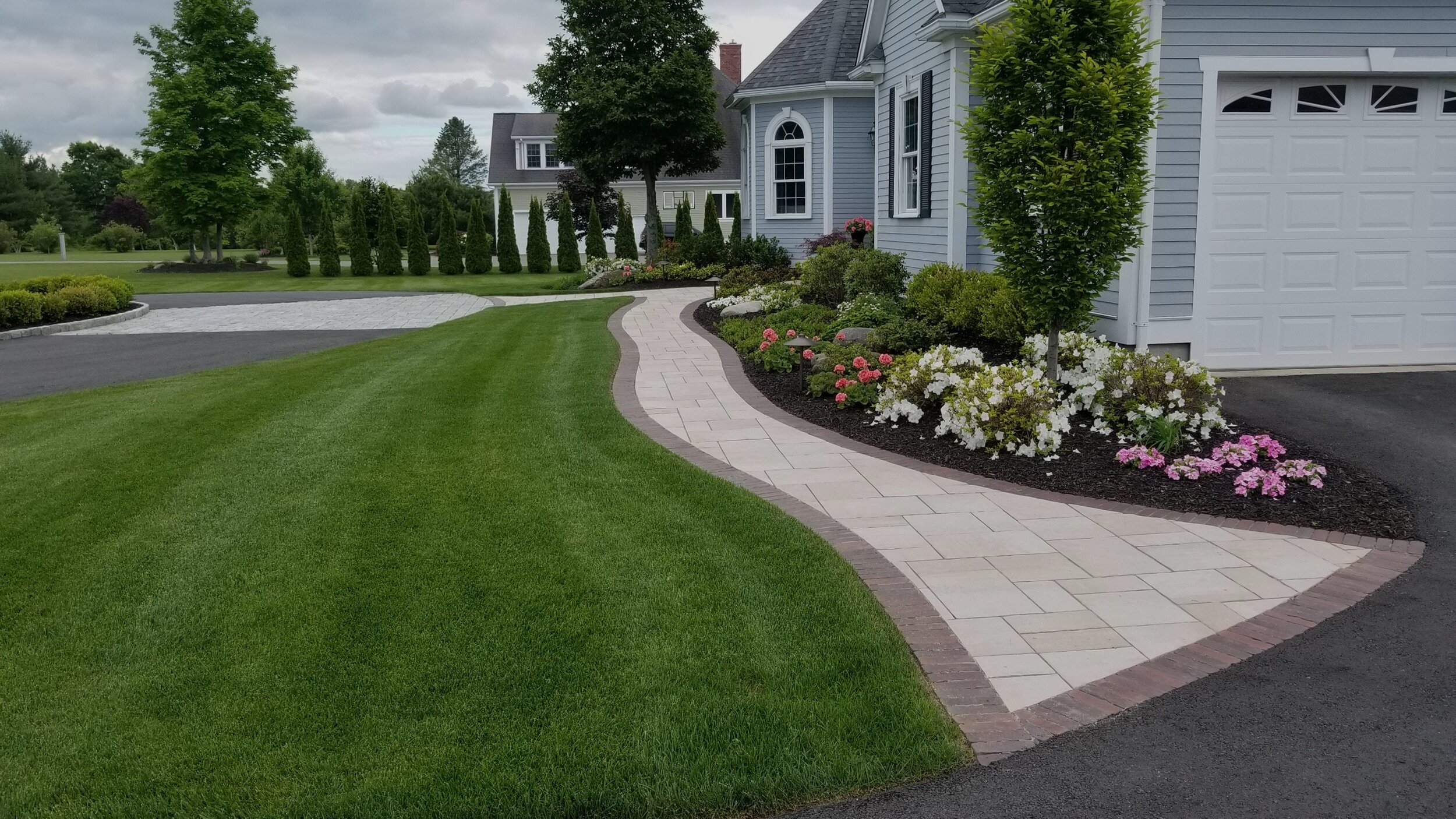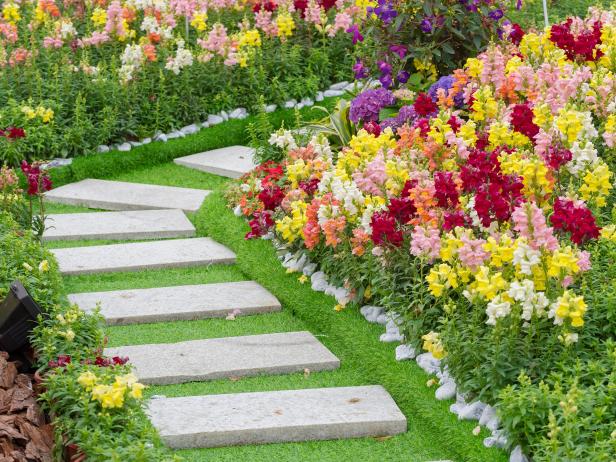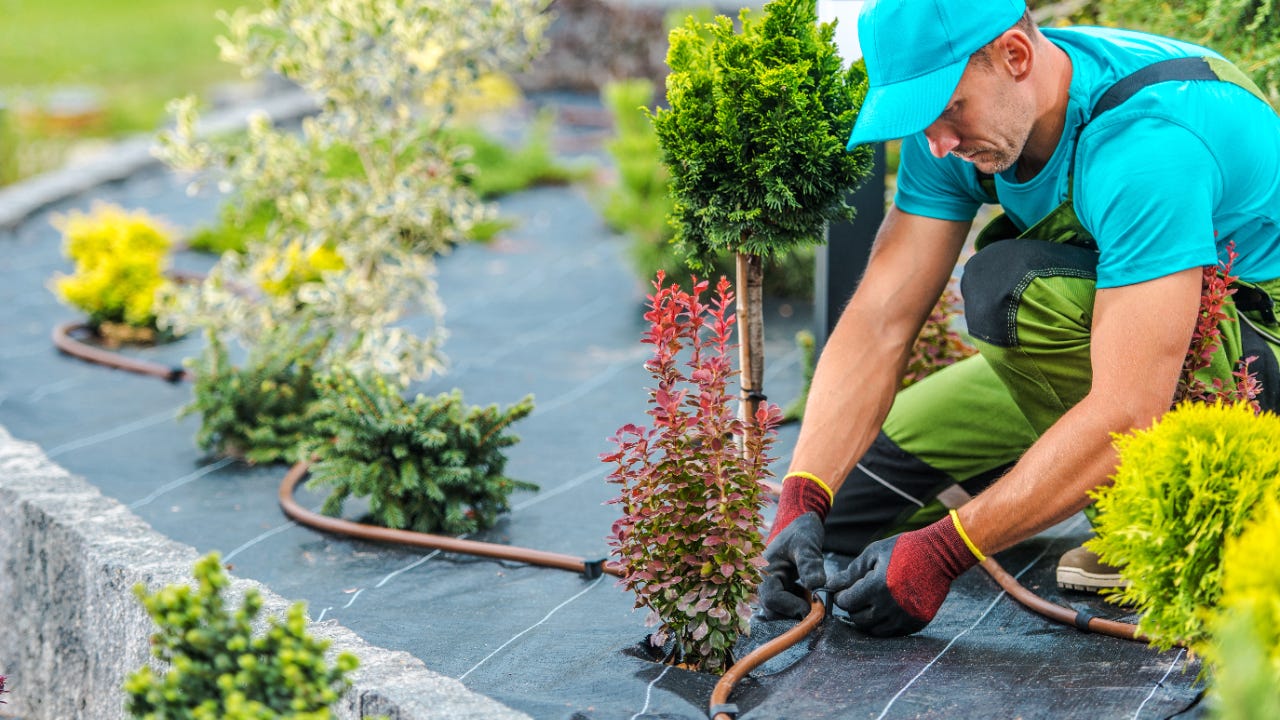Discovering the Best Palm Desert Landscaping Professionals for Your Job
A Comprehensive Overview to Designing and Implementing Effective Landscape Design Solutions
The art and scientific research of landscaping extend beyond simple visual appeals; they include a thoughtful integration of layout concepts, ecological stewardship, and sensible application. What approaches can one utilize to guarantee these landscapes not just prosper yet likewise prosper in harmony with their surroundings?

Understanding Landscape Layout Concepts
One may wonder what foundational elements contribute to effective landscape style. At its core, successful landscape style rests on a number of crucial concepts that direct the plan and option of elements within an area. These principles include unity, percentage, balance, and rhythm, each offering to create a harmonious exterior atmosphere.
Unity describes the natural partnership among various parts, ensuring that they interact aesthetically and functionally. Equilibrium can be accomplished with unbalanced or balanced arrangements, permitting the landscape to feel steady and welcoming. Proportion entails recognizing the scale of elements in relation to each other and the surrounding atmosphere, advertising visual consistency and convenience.

Examining Your Outdoor Room
Before implementing the principles of landscape design, a thorough assessment of your outside room is essential. This preliminary assessment helps specify the scope of your landscape design task and guarantees that your style aligns with the unique characteristics of your home. Begin by assessing the dimensions of your space, taking accurate measurements to understand the readily available area for different elements such as pathways, outdoor patios, and yards.
Following, observe the existing features of your landscape, including topography, dirt top quality, and water drainage patterns. These elements dramatically influence plant choice and placement. Additionally, assess the sunlight direct exposure throughout different locations throughout the day, as this will certainly affect the sorts of plants that prosper in your yard.
Consider the microclimates produced by structures, trees, and other barriers, as they can affect temperature level and wetness levels. Take note of any type of existing plants or hardscape elements that you desire to eliminate or preserve. This extensive evaluation lays the groundwork for a educated and efficient landscape design option, ensuring that your design is not only visually pleasing however sustainable and also practical for many years to come.
Sustainable Landscape Design Techniques
Integrating lasting landscaping methods is necessary for producing an ecologically responsible outside room. These techniques not only advertise eco-friendly balance however also enhance the aesthetic and functional value of a landscape. One foundational method is the usage of indigenous plants, which require much less water and maintenance while supporting neighborhood wild animals. Executing effective irrigation systems, such as drip watering, decreases water waste and makes sure that plants receive ample dampness.

Another efficient method is the hop over to these guys strategic positioning of trees and bushes to supply natural windbreaks and shade, therefore reducing energy costs (Palm Desert Landscaping). Rain yards can be integrated right into the landscape style to handle stormwater runoff effectively, filtering system pollutants prior to they go into waterways
Selecting the Right Plants
Choosing the right plants for your landscape is essential to attaining both visual appeal and eco-friendly harmony. The process starts with an understanding of your neighborhood climate, soil conditions, and the certain microenvironments within your landscape. Assessing aspects such as sunlight direct exposure, wetness levels, and existing vegetations will aid you choose plants that flourish in your special setup.
Take into consideration incorporating native plants, as they are well-adapted to local problems, need less upkeep, and assistance local wild animals. Furthermore, selecting a varied selection of varieties can boost biodiversity while minimizing the danger of illness and bug break outs. It is essential to evaluate the development practices, flowering periods, and seasonal colors of potential plants to produce a natural and vibrant landscape.
Moreover, consider the intended use the room; for instance, if the area will experience high foot web traffic, select resilient ground covers. By attentively picking plants that straighten with both your aesthetic goals and ecological demands, you can create a sustainable landscape that not just enhances your building however likewise adds positively to the surrounding community.

Application and Upkeep Techniques
As soon as the best plants have been selected for your landscape, the emphasis moves to effective implementation and recurring upkeep techniques. Successful setup begins with appropriate website prep work, that includes soil screening to identify nutrient degrees and pH, complied with by changing the soil as needed. Meticulously organize plants according to their development behaviors and light needs, making certain sufficient spacing to promote healthy and balanced development.
Irrigation is an important aspect of execution. Develop a watering routine that takes into consideration the certain demands of each plant species, readjusting for seasonal modifications. Using drip watering systems can improve water performance and reduce runoff.
Upkeep approaches Look At This have to be applied to make sure the longevity and vigor of your landscape. Regular jobs consist of weeding, mulching, and pruning to control growth visit their website and prevent illness. Fertilizing needs to be performed based upon dirt examinations, providing the needed nutrients without over-fertilizing.
Monitoring for parasites and conditions is crucial; early detection can avoid significant damage. Lastly, seasonal changes to maintenance routines, such as preparing and winterizing perennials for springtime development, will guarantee that your landscape continues to be visually appealing and healthy and balanced year-round.
Conclusion
Successful implementation and recurring upkeep better ensure the long life and vigor of landscapes. By integrating these aspects, landscapes can be changed right into lovely, functional settings that advertise biodiversity and contribute positively to area health.
One might question what foundational components add to effective landscape layout. At its core, successful landscape design pivots on a number of essential concepts that lead the plan and option of components within an area.Picking the right plants for your landscape is vital to achieving both aesthetic charm and ecological consistency. It is necessary to evaluate the growth routines, growing periods, and seasonal colors of possible plants to create a dynamic and natural landscape.
As soon as the best plants have actually been selected for your landscape, the emphasis moves to effective execution and recurring upkeep strategies.